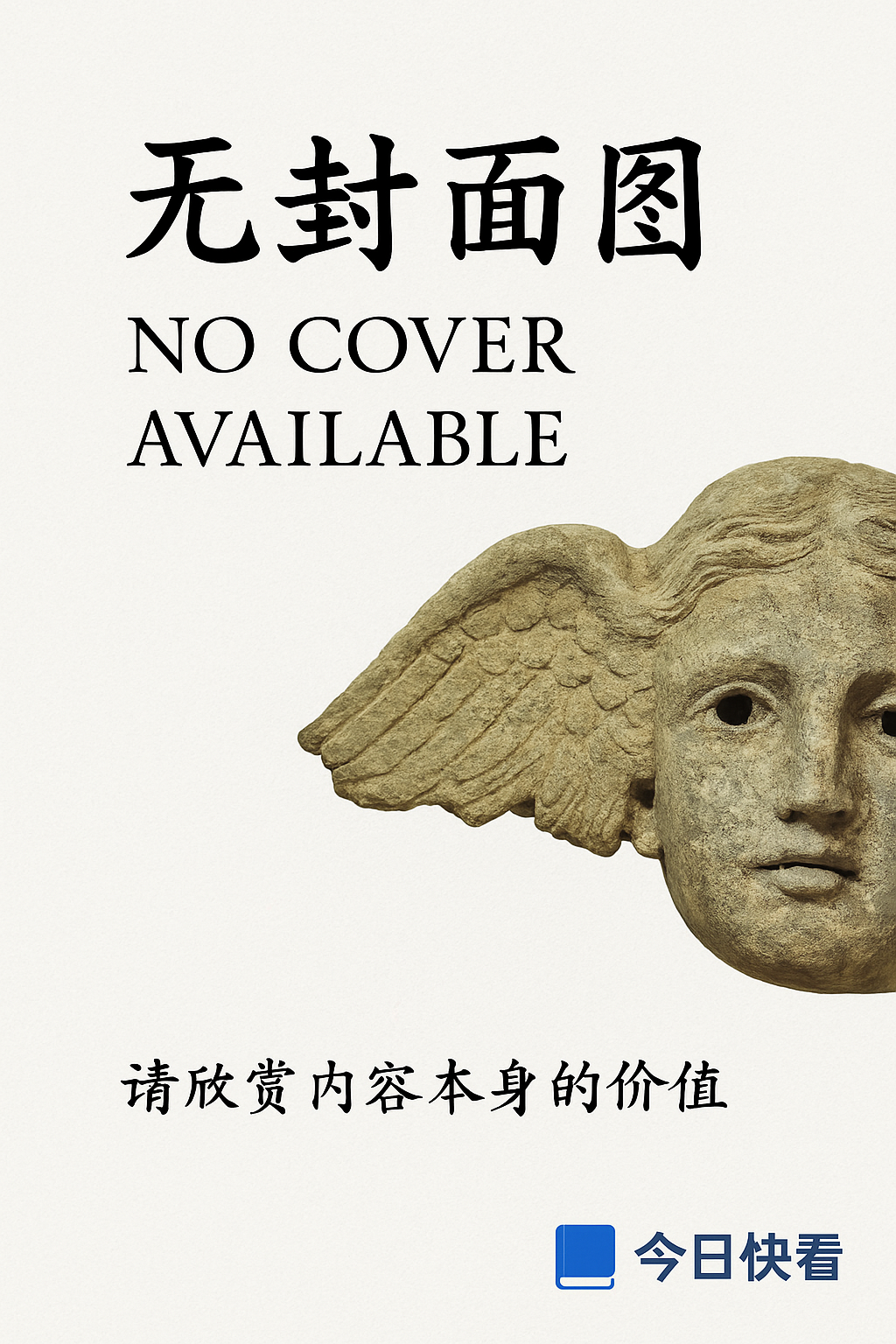书籍详情

Bach's Dialogue With Modernity : Perspectives on the Passion
John Butt / Cambridge University Press /2010年3月31日
《Bach's Dialogue With Modernity: Perspectives on the Passion》是John Butt于2010年撰写的一部作品,该书对巴赫的受难曲进行了深入分析。通过这本书,读者能够洞察巴赫的音乐如何与现代性进行对话,以及其作品在当今世界中的影响和意义。Butt不仅探讨了巴赫受难曲的音乐结构和风格,还从更广泛的文化和社会背景中考察了这些作品。这本书对于理解巴赫的音乐创作及其在当代的重要地位具有重要价值,无论是音乐学者、音乐爱好者还是对巴赫及其时代感兴趣的普通读者,都能从中获得深刻的启示和享受。
大纲笔记
Bach's Dialogue With Modernity: Perspectives on the Passion
Summary of Chapters
Chapter 1: Introduction
- Overview: Presents the book's central theme of examining Johann Sebastian Bach's St. Matthew Passion through the lens of modernity.
- Purpose: To explore how Bach's work resonates with contemporary issues and discuss its continued relevance today.
- Structure: Outlines the following chapters that delve into various aspects of the Passion and its relation to modernity.
Chapter 2: The Historical Context of the Passion
- Background: Discusses the era in which Bach composed the St. Matthew Passion.
- Cultural Milieu: Examines the religious, artistic, and political environment of Leipzig during Bach's time.
- Musical Innovations: Explores the advancements in music theory and composition that influenced Bach's work.
Chapter 3: Theological Dimensions of the Passion
- Religious Significance: Explains the liturgical context and theological message of the Passion.
- Christology: Discusses how Bach portrays Christ in the work and its implications for Christian theology.
- Sacred Drama: Analyzes the Passion as a sacred drama that engages listeners emotionally.
Chapter 4: Musical Analysis of the Passion
- Structure: Breaks down the musical form and structure of the Passion.
- Orchestration: Describes the use of instruments and their role in the overall soundscape.
- Voice Leading: Discusses Bach's intricate treatment of vocal melodies and harmonies.
Chapter 5: Reception History and Contemporary Interpretations
- Historical Reception: Traces the evolving interpretations and reception of the Passion since its premiere.
- Modern Performances: Examines how contemporary artists and ensembles approach the work.
- Cultural Reinterpretations: Discusses adaptations and reinterpretations of the Passion in different media.
Chapter 6: Bach and Modernity
- Timeliness: Argues that the themes and emotions expressed in the Passion remain relevant today.
- Modern Interpretations: Analyses how the Passion is received and understood in the modern era.
- Future Prospects: Considers the potential for continued exploration and appreciation of the work.
Expansion of Key Points
Chapter 2: The Historical Context of the Passion
- Background
- Leipzig as a center of learning and culture
- The Lutheran tradition and its influence on music
- Cultural Milieu
- Catholic-Protestant tensions at the time
- Baroque style as a reflection of the Counter-Reformation
- Musical Innovations
- Advances in counterpoint and harmonic language
- The rise of public concerts and the shift from sacred to secular music
Chapter 3: Theological Dimensions of the Passion
- Religious Significance
- The Stations of the Cross and their representation in the Passion
- The role of music in enhancing the liturgical experience
- Christology
- The human and divine nature of Christ portrayed through music
- The Passion narrative as a reflection of Christ's suffering and redemption
- Sacred Drama
- The use of music to create a participatory experience for the audience
- Emotional impact of the work as a narrative of human suffering and hope
Chapter 5: Reception History and Contemporary Interpretations
- Historical Reception
- Early criticism and the rediscovery of Bach's music
- Evolving performances and recording technologies
- Modern Performances
- Changes in performance practice over time
- The influence of historically informed performances HIP movement
- Cultural Reinterpretations
- Adaptations for film, opera, and ballet
- Incorporation of multimedia and digital technology
精彩句段
针对《Bach's Dialogue With Modernity: Perspectives on the Passion》一书,作者John Butt的深入洞见与精妙笔触,为我们揭示了巴赫音乐与现代性之间的对话。以下是从书中选取的精彩句子或段落,它们或意义深刻,或视角独特,或语言优美,充满智慧与创造力,编号并按照要求分为三部分输出。 第一部分
- 巴赫的音乐不仅是对过去的回响,更是对现代性的一次次预先演练。
- 在巴赫的作品中,我们听到了跨越时空的和谐与冲突,这是他与现代世界无声的对话。
- 巴赫用音乐构建了一个复杂而多面的宇宙,其中每个音符都是与现代性对话的载体。
- 通过对巴赫“受难曲”的解读,我们不仅能感受到宗教的虔诚,更能窥见现代心灵深处的挣扎与追求。
- 巴赫的音乐是历史的注脚,也是现代性不断演进的背景音乐。
- 在巴赫的复调音乐中,我们发现了多声部间的对话与妥协,这正是现代社会多元共存的象征。
- 巴赫以其卓越的音乐才华,为我们绘制了一幅通向现代性的精神地图。
第二部分
- 巴赫的作品像是时间的容器,它们捕捉了过去的瞬间,同时也不断释放出与现代性相关的新意涵。
- 当我们聆听巴赫的音乐时,我们不仅在聆听历史,更在参与一场关于现代性本质的思考。
- 巴赫的音乐是情感与理智的完美融合,这使其成为了理解现代性复杂情感的重要桥梁。
- 通过巴赫的音乐,我们得以窥见一个时代的精神风貌,以及它如何影响并塑造了现代性的多个面向。
- 巴赫的创作不仅是艺术的巅峰,更是对现代性深层问题的探索和回应。
- 在巴赫的音乐中,我们找到了连接过去与现在的纽带,也看到了通向未来的可能路径。
- 巴赫以其音乐的深度与广度,挑战了我们对现代性认知的边界。
第三部分
- 巴赫的音乐是对人生复杂性的完美诠释,它教会我们在现代性的洪流中如何保持个体的完整与独立。
- 通过对巴赫音乐的解读,我们学会了在现代社会中寻找和谐与平衡的新方法。
- 巴赫的作品是一面镜子,反映出我们在现代性进程中的得与失、喜与悲。
- 在巴赫的音乐世界里,我们找到了抵御现代性异化力量的精神庇护所。
- 巴赫的音乐不仅是听觉的盛宴,更是心灵的疗愈与启迪,它教会我们如何以全新的视角看待现代性的挑战与机遇。
- 最终,在巴赫与现代性的对话中,我们看到了艺术作为永恒媒介的力量,它穿越时空,沟通古今,让我们在不断变化的现代世界中找到了恒久不变的价值所在。
作者介绍
Bach's Dialogue With Modernity: Perspectives on the Passion is a thought-provoking and insightful exploration of Johann Sebastian Bach's music and its relationship with the modern world. The book is authored by John Butt, a renowned musicologist and scholar. In this article, we will delve into the life and career of John Butt, providing a comprehensive overview of his personal and professional journey. Personal基本信息: John Butt was born in the United Kingdom and developed a deep passion for music from a young age. His interest in the works of Johann Sebastian Bach was particularly pronounced, which would later become the focus of his academic and professional endeavors. Education & Career教育与职业背景: Butt pursued his undergraduate studies at the University of Cambridge, where he was immersed in the rich musical heritage of the university. He later earned his Ph.D. from the University of London, focusing on Baroque music and the works of Bach. His academic career has been marked by a series of prestigious appointments, including a professorship at the University of Glasgow and a fellowship at the Harvard University Department of Music. Writing Career写作生涯: John Butt's writing career has been prolific, with numerous books and articles to his name. His work is characterized by a deep understanding of musical theory and history, combined with a keen ability to communicate complex ideas in an accessible manner. His books include "Playing With History: The Historical Approach to Musical Performance" and "The Cambridge Companion to Bach," both of which have been influential in the field of musicology. Style & Themes作品风格和主题: Butt's writing style is both scholarly and engaging, making his work accessible to a wide audience. His themes often revolve around the interpretation and performance of Baroque music, with a particular focus on the works of Bach. In "Bach's Dialogue With Modernity: Perspectives on the Passion," Butt explores how Bach's music engages with and reflects the social, religious, and political issues of his time. Personal Life个人生活: While much of Butt's personal life is dedicated to his academic pursuits, he is also known for his contributions to the broader musical community. He has been involved in various musical performances and has been a guest lecturer at numerous institutions worldwide. Social Impact社会影响: John Butt's work has had a significant impact on the understanding and appreciation of Baroque music. His research has shed new light on the historical context of Bach's compositions and has influenced the way musicians and scholars approach the performance and interpretation of this music. Quotes & Evaluations引用和评价: "John Butt's work is a testament to the depth and breadth of his knowledge, offering readers a fresh perspective on the music of Bach." - The New York Times "In 'Bach's Dialogue With Modernity,' Butt masterfully weaves together historical analysis with musical insight, providing a rich and nuanced understanding of Bach's Passions." - Early Music America Latest Developments最新动态: John Butt continues to be active in the field of musicology, with ongoing research and publications. He is also involved in various educational initiatives aimed at promoting the study and appreciation of Baroque music. In conclusion, John Butt's contributions to the study of Bach's music and its dialogue with modernity have been significant and influential. His work provides a rich and nuanced understanding of the complexities of Baroque music and its enduring relevance in the modern world.
更多精选笔记推荐
中产阶级的孩子们 : 60年代与文化领导权
作者: 程巍
《中产阶级的孩子们:60年代与文化领导权》一书由程巍撰写,是一次关于60年代文化运动的创新性“文化研究”尝试。该书以文化革命为核心,巧妙地在政治经济学与语言符号学的交叉领域展开探讨。作者深入剖析了中产阶级孩子们在60年代文化运动中的角色和影响,揭示了这一时代文化领导权的变迁。此书不仅题材新颖,方法独特,而且观点鲜明,分析深入,为读者提供了全新的视角和思考。通过阅读本书,读者可以更好地理解60年代文化运动的复杂性和重要性,以及中产阶级孩子们在这一历史进程中所扮演的关键角色。
一个无政府主义者的意外死亡
作者: [意] 达里奥·福
《一个无政府主义者的意外死亡》是诺贝尔文学奖得主、意大利著名剧作家达里奥•福的代表作。这部作品以生动的剧本形式,展现了一个无政府主义者离奇死亡的故事,深入探讨了权力、正义与社会体制等复杂议题。自问世以来,该剧已上演40余年,经久不衰,深受全球观众的喜爱。此次出版的版本为最新演出脚本,忠实呈现了原剧的风貌与精髓,是戏剧爱好者与文学研究者不可多得的珍贵资料。通过阅读这部作品,读者不仅可以感受到作者独特的艺术魅力,更能对当代社会的重要问题产生深刻思考。
白板 : 科学常识所揭示的人性奥秘
作者: [美] 史蒂芬·平克
《白板》是由著名心理学家和认知科学家史蒂芬·平克所著的一部深刻探讨人性的作品。在这本书中,平克挑战了传统的人性论,提出了一种颠覆性的新视角。他认为,人性并非是一张白板(tabula rasa),而是由生物学、环境和个体经验共同塑造的复杂实体。平克详细阐述了人性的本源,指出我们的道德感、情感和行为模式并非完全由文化和社会后天灌输,而是有着生物学的基础。他通过对进化心理学、神经科学和行为遗传学的研究,揭示了人类行为的生物学机制,从而解释了人类普遍存在的道德错觉和苦难的根源。在书中,平克不仅破除了关于人性的种种迷思,还试图建立起一套新的道德观念。他认为,理解人性的复杂性是建立更加公正和理性社会的前提。通过科学的方法,我们可以更好地认识到人类行为的多样性和复杂性,从而促进对个体差异的尊重和更加人性化的政策制定。总的来说,《白板》是一部对传统人性论进行了深刻反思,并试图通过科学的方法重塑我们对人性理解的作品。平克的论述不仅具有学术深度,也对普通读者具有启发性,为我们提供了一种全新的视角来看待人类行为和社会现象。



